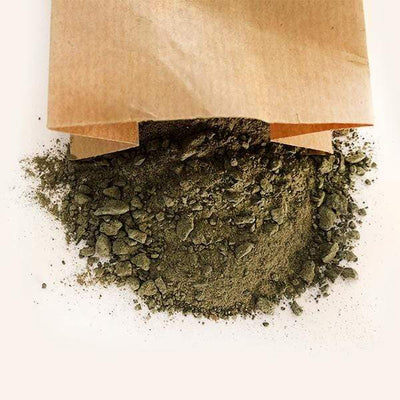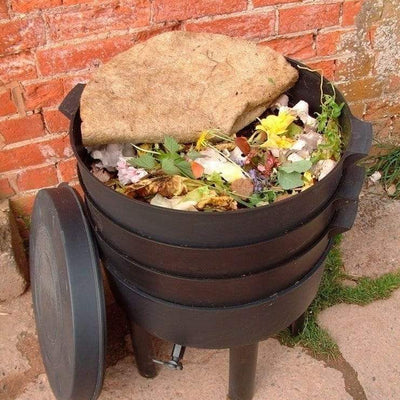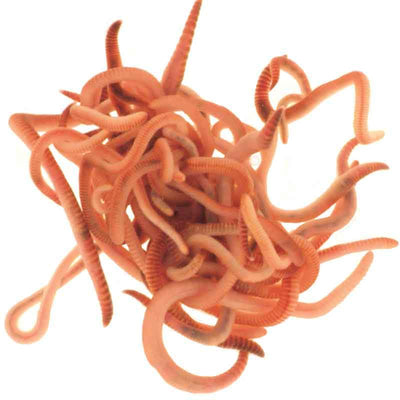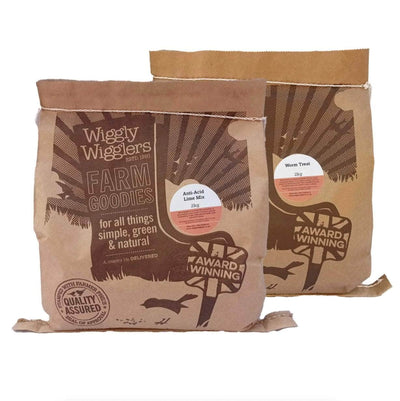Why Compost? Well, the answer is simple. Over 50% of household waste is organic matter from our gardens and kitchens. If sent to landfill this organic waste gets buried under all the other waste and isn't exposed to air resulting in methane production which is harmful to the environment. It is also a missed opportunity to recycle waste into valuable garden compost.
Depending on the amount of space you have and the type of waste you need to compost there are several different options open to you. Even if you only have the tiniest space, such as a balcony, there is a solution. If you have outdoor space and generate garden waste, you really need a compost heap. You can buy (or make) various containers from box style composters with slatted fronts to moulded plastic bins which all effectively operate in the same way. Fresh waste is added at the top and composted material retrieved from the bottom.
With an outdoor heap you can add both garden and kitchen waste and you should be aiming to add approximately 50/50 of carbon rich brown and nitrogen rich green waste to achieve good compost. Green waste consists of things like kitchen waste, grass clippings, nettles, old flowers, spent bedding plants and comfrey leaves. Brown waste consists of things like paper, cardboard, twigs, straw, egg shells, garden prunings, wool, wood ash, feathers and cotton.
However, you should never add cooked foods or meat to an outdoor composter as this will definitely attract unwelcome rodent visitors. The trick to making the best compost is to keep it aerated. You can do this by turning the heap occasionally and making sure that you have a good mixture of green and brown waste.





